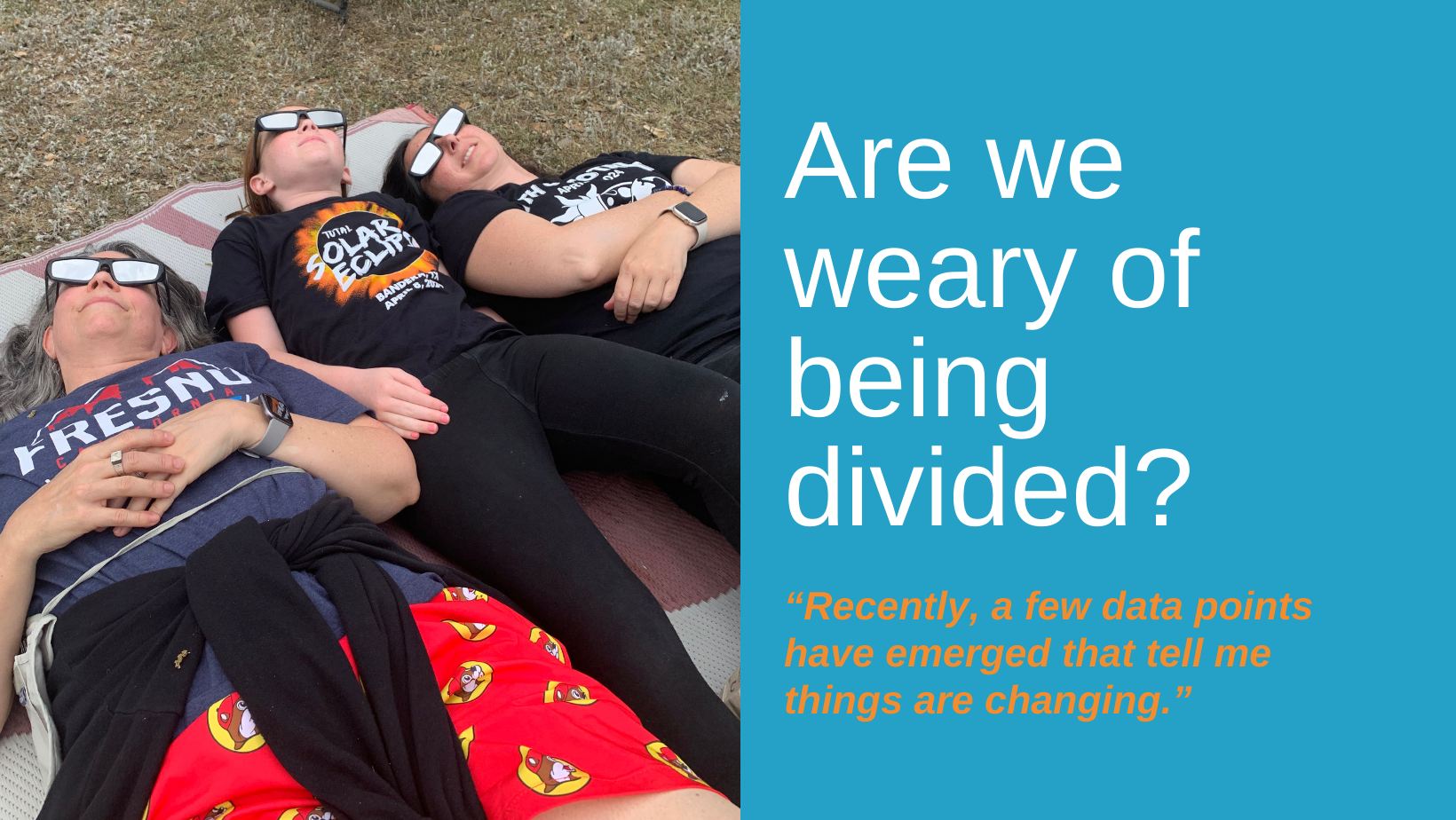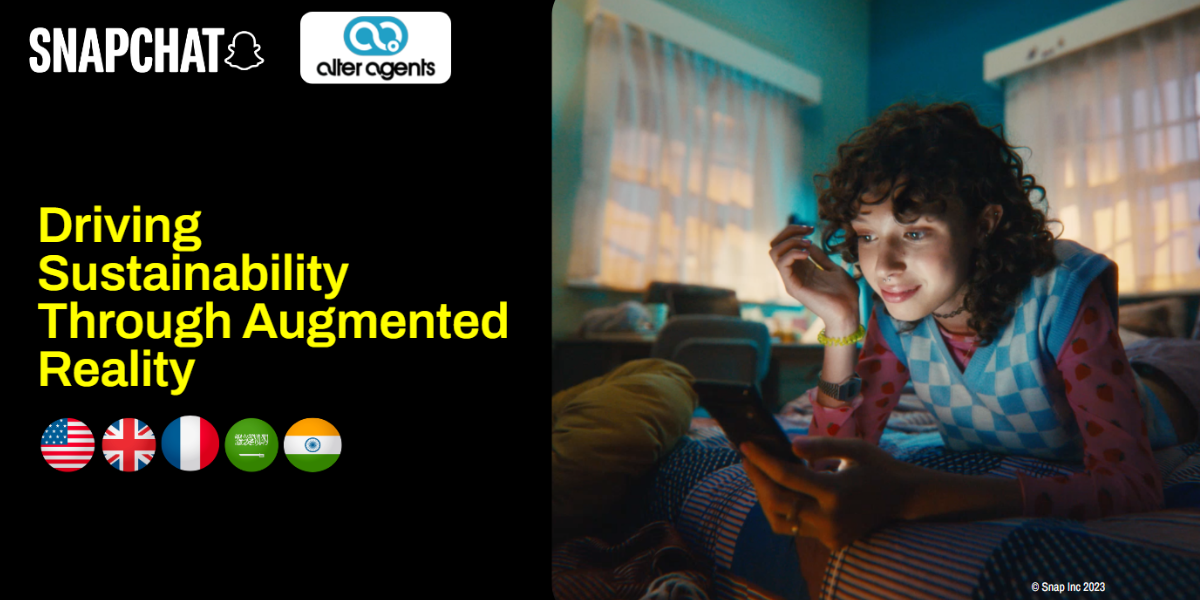
How Shoppers Choose CPG Products
The following article was first published in the January issue of CPG Matters online magazine, and is reprinted here in its entirety.
From cosmetics to kleenex and snacks to soda, we already know that the consumer’s purchase journey can vary widely. But just how much? Our research found that the way in which shoppers approach the category really depends on the specific product they’re trying to find in order to fill a specific need.
Our recent study, done in conjunction with the launch of our Shopper Influence program this year, asked 6,000 recent purchasers about their shopper journey across six product categories, including CPG items like household cleaning products, dog treats, and packaged coffee. Part of that journey included asking shoppers about how long it took them to make a decision, the sources they turned to for information along the way, and what they cared about when they were shopping.
It’s a short persuasion window
We found that the share of shoppers who start their purchase journey for a CPG item without a brand in mind swings pretty widely, from half of all dog treat shoppers down to just 30 percent of those looking for packaged coffee. Despite all of the advertising they’ve been exposed to, There’s a significant cohort that is ambivalent and goes into the virtual or physical store with a “wait and see” mindset. That means that this chunk of shoppers is entirely up for grabs, which is good news for brands seeking to expand their market share.
But there’s not much time to make a case. Shoppers looking for these products make their purchase decisions very quickly, somewhere between 74 and 81 percent depending on the product. Very few require longer than three days for the CPG items we researched. That makes for an extremely competitive messaging landscape where every word matters: the struggle for attention in just a few seconds before the decision is done requires brands and their marketers to be ruthlessly strategic in deploying just the right persuasive argument to win over the buyer. That means that brands need to do their research and have a sharp understanding of who their potential customers are and what they care about.
Last-moment sources aren’t the only game
Reaching the chunk of shoppers who don’t make a decision until the last moment requires brands to have a robust presence at the shelf. Shoppers cited in-store signage or displays, signs on the shelf, and the product’s packaging as sources that they often used to determine which product they bought. Those sources were also described as being influential in making the decision.
But they’re not the only game in town. When shopping for any of the CPG items we asked about, customers say that recommendations from their friends and family were often sought and considered influential. This proves the adage that a brand’s most influential marketers might not actually work for the company. And making sure those “marketers” are satisfied with their purchases is important, as a quarter of shoppers in the category say they have discussed their purchases with their immediate friends and families.
So it’s a fast-paced environment, heavily dependent on retail signage, where word-of-mouth really matters. Beyond those guidelines, the exact specifications of the target audience, messaging and tone, and barriers to purchase are product-specific. Striking the right balance requires brands to do the research into what their shoppers really want.
If you need to figure out how to get your brand to the top of the consideration set, we’re happy to help.
Thought Leadership Updates
Get updates in your email.






